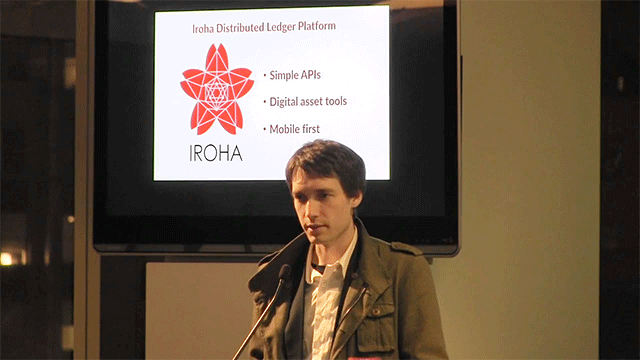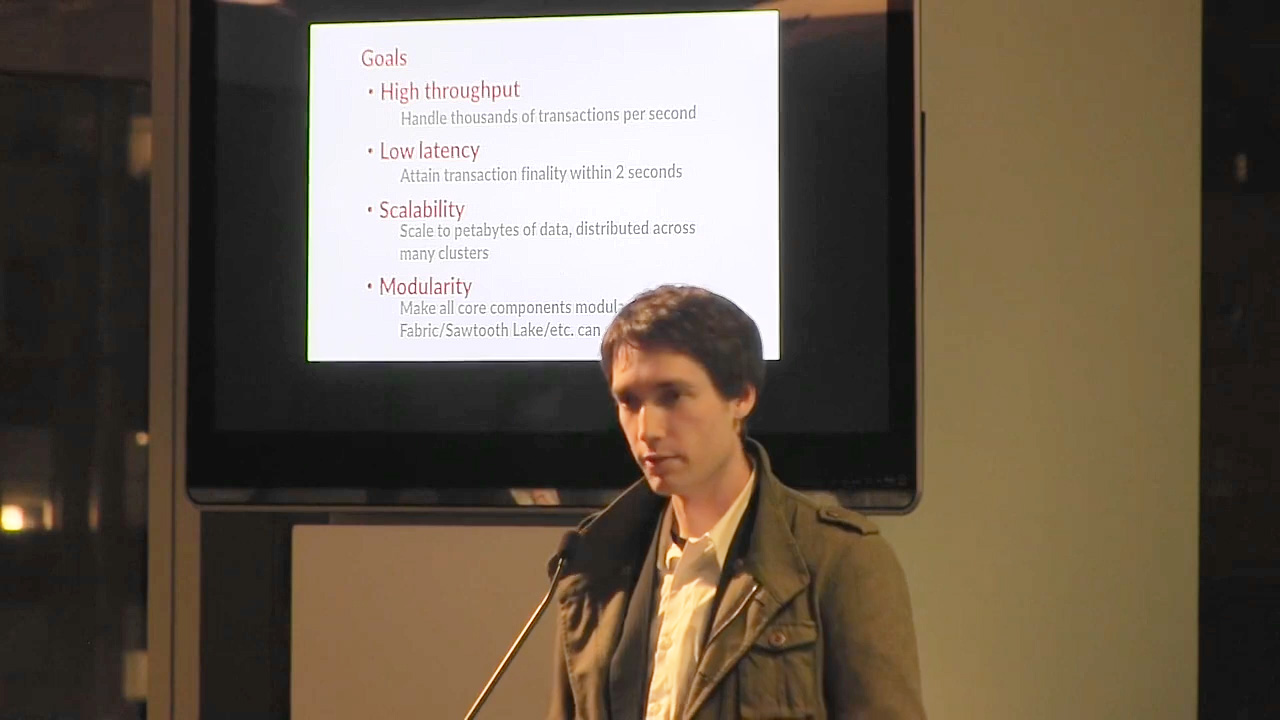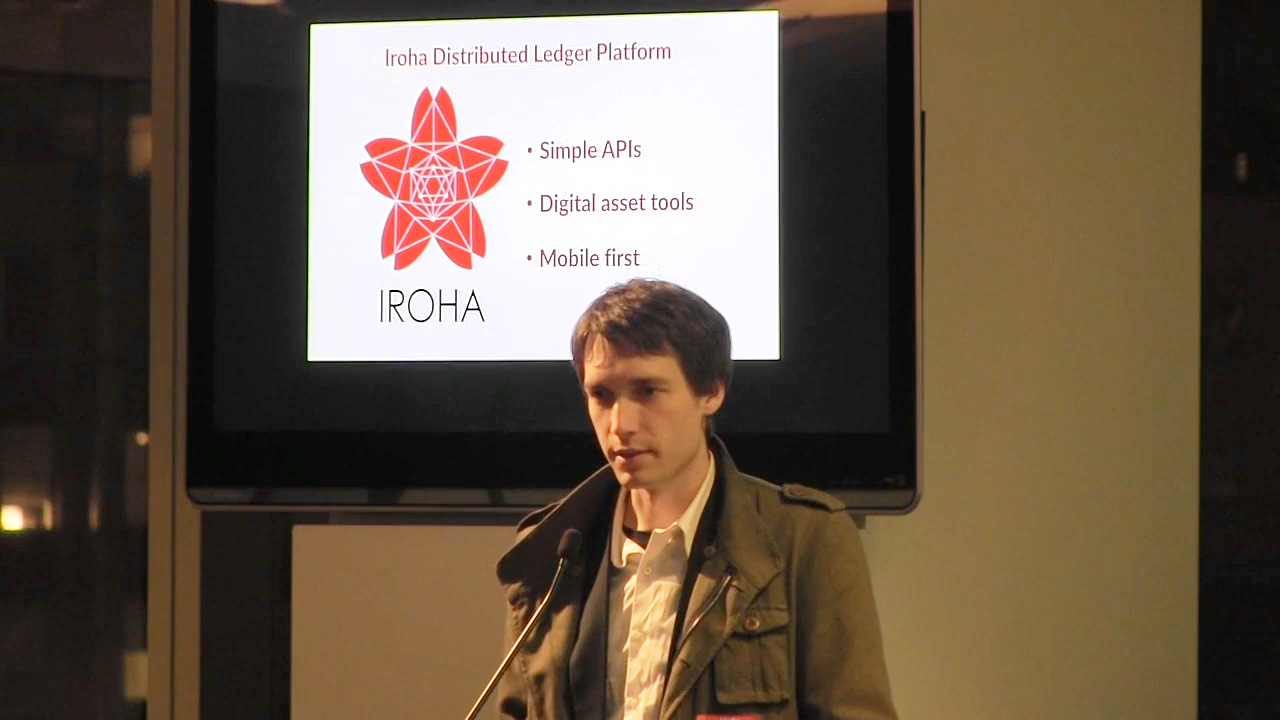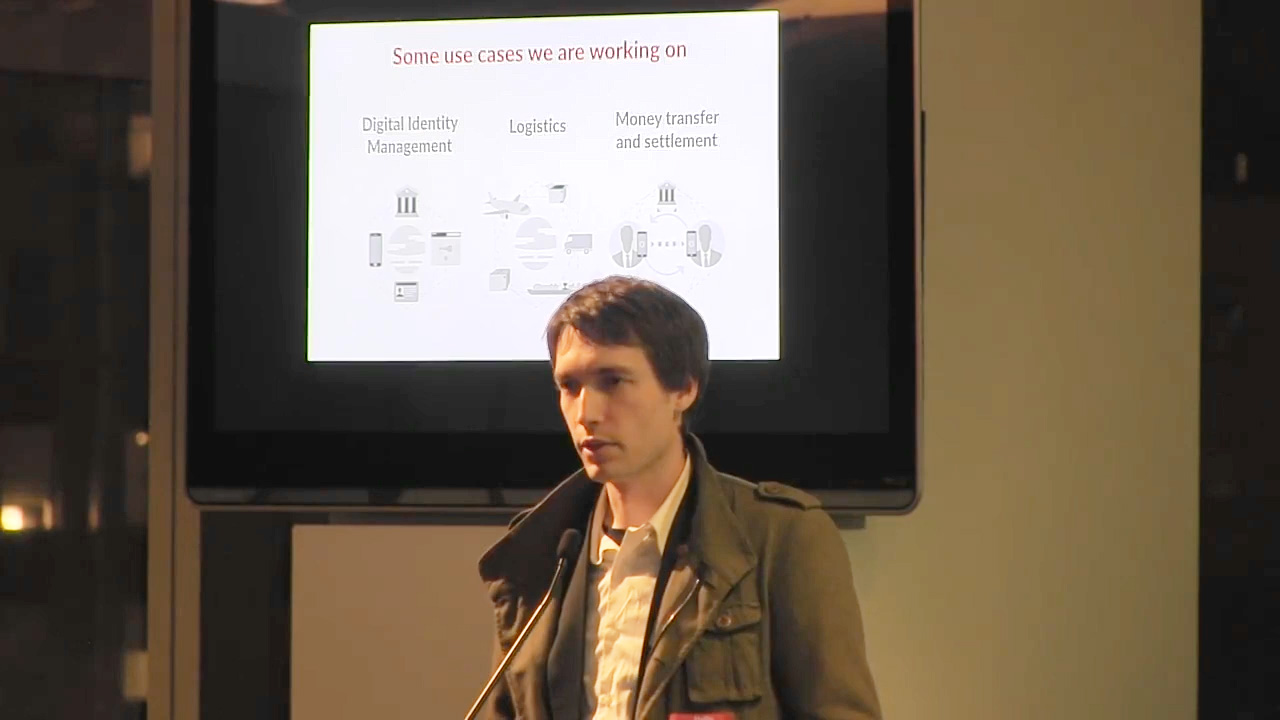The Iroha Project to Bring Mobility to Blockchain with Simple APIs

What’s Iroha?
Blockchain for mobile devices is the primary purpose of the Iroha project within the Hyperledger incubator. One of Iroha’s primary progenitors, Makoto Takemiya, recently discussed this at a meetup in New York. Makoto is one of the co-founders of Soramitsu, a Tokyo-based company that is focused on Iroha.
Ultimately, Iroha aims at making the usage of distributed ledgers more simple. Iroha’s goal is described as “to eventually provide the following encapsulated C++ components that other projects (particularly in Hyperledger) can use:
- the Sumeragi consensus library
- the Ed25519 digital signature library
- the SHA-3 hashing library
- the Iroha transaction serialization library
- the P2P broadcast library
- the API server library
- the iOS library
- the Android library
- the JavaScript library
- the Blockchain explorer/data visualization suite”
It is supposed that by using these libraries, one can create cryptographic public / private key pairs that are compatible with Iroha and common API functions can be conveniently called. A recent article published on the Hyperledger blog explores why Iroha was incubated.
To the API and beyond
Makoto explained how his company was founded in February 2016 and is now working on use cases with a few partners, in part “to create APIs that many people can use.” Makoto said that Iroha’s Sumeragi consensus algorithm differs slightly from that of Hyperledger Fabric, to achieve slightly more efficient network transactions.
Makoto described Iroha’s transaction structure as “very beautiful. You can add transactions, assets, or peers as objects.” The use cases focus on applications and services that will require between a few dozen to a few thousands transactions per second, he said. The goal is to achieve transaction finality in about two seconds.
“We created Iroha with the goal of having simple APIs and simple digital asset tools with an emphasis on creating mobile user facing applications.” —Makoto Takemiya, Soramitsu
“But what we’re doing goes beyond the API,” Makoto told meetup attendees. “We are looking at value creation and value transfer, based on cryptography. The use of digital signatures with public-private key pairs means you know who created what and at what time.”
The Iroha incubation was proposed by Soramitsu, Hitachi, NTT Data, and Colu (an Israeli company focused on creating local digital currencies). Soramitsu’s partners in this project work also include the University of Izu and the Japanese think tank Glocom.
Digital identity management and signatures
Digital identity management and digital signatures are a key area of interest to the Iroha developers. Getting the signatures to be consistent across multiple mobile environments has been “non-trivial,” Makoto noted.
“Getting digital signatures to get the exact same output on different languages—Swift, JavaScript, C++, and Android—is fairly non-trivial.” —Makoto Takemiya, Soramitsu
Digital identity management is of utmost important for banks, and the Iroha project is focused on KYC—Know Your Customer—a process used to combat money laundering that complies with U.S. requirements and which is used in other parts of the world as well.
Digital certificates
Another potential use is to create digital certificates of people’s personal data. “Not the data itself,” Makoto said, “but just a hash. Then use this as a certificate of authority” so that people don’t have to go through tedious identification and verification processes when setting up accounts or transacting with new banks. “Proof of identity and ownership are essential parts of our platform and the services we provide,” according to the Soramitsu website.
Makoto said the team at Soramitsu is also looking into logistics use cases, such as “tracking individual pieces of cargo in real time,” and working on money transfers in local currencies for Japanese customers.
Iroha is written in C++ (instead of the Go found in Hyperledger), “because there are not as many Go programmers as C++ programmers,” Makoto said. He also noted that “ours is the first Hyperledger project written in C++.”
A detailed specification has been developed for those interested in learning the finer details of Iroha. In addition, Makoto urges people who are interested in joining the project to visit the project’s general location on GitHub.
Want details? Watch the video!
Table of contents
|
Related slides
Related reading
- How Hyperledger Fabric Delivers Security to Enterprise Blockchain
- Hyperledger Fabric Approaches v1.0 with Better Scalability and Security
- Existing Blockchain Projects Span Financial Services and Supply Chains











